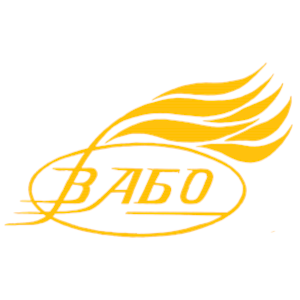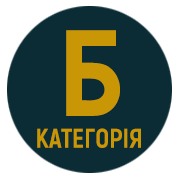FORMATION OF INTERACTIVE COMPETENCE OF HIGHER EDUCATION STUDENTS IN THE PROCESS OF LEARNING A FOREIGN LANGUAGE
DOI:
https://doi.org/10.32782/academ-ped.psyh-2025-2.11Keywords:
foreign language, methodology, teaching, competence, interactive competence, digitalisationAbstract
The purpose of the article is to theoretically substantiate and analyse the formation of interactive competence of higher education students in the process of learning a foreign language. The research methodology is based on a combination of a set of complementary scientific approaches: competence-based and systemic. Their combination allowed for a deep and multidimensional study of the material. The scientific novelty lies in the comprehensive theoretical substantiation and empirical confirmation of the mechanisms for the development of interactive competence of higher education students in the context of multiformat foreign language teaching. The understanding of the role of the teacher as a facilitator and organiser of the communicative environment is deepened, and the functionality of digital tools in the context of stimulating interactive interaction is clarified. Conclusions. The presence of the formed interactive competence contributes not only to a deeper and more effective mastery of a foreign language, but is also a fundamental prerequisite for the successful professional and social realisation of higher education students in a globalised and information-saturated society. This integral quality of a personality, which is manifested in the ability to interpersonal communication and active intersubjective interaction, ensures effective joint construction of meaning, development of critical thinking, problem-based learning skills and adaptation to dynamic conditions. It has been found that the key role in this process belongs to the teacher, who acts not only as a carrier of knowledge, but also as a facilitator, organiser of the educational environment, mentor and consultant, using a wide range of interactive methods (role-playing games, discussions, project work, case studies) and effectively integrating digital technologies. Despite existing challenges such as time constraints and group size, targeted work on developing interactive competence is important for training competitive professionals capable of continuous individual development and effective communication in a multilingual environment.
References
Морозова М.В. Проблема формування інтерактивної компетентності майбутніх учителів іноземної мови. Засоби навчальної та науково-дослідної роботи. 2022. № 56. С. 49–59.
Новак І.М. Інтерактивні методи навчання іноземних мов у закладах вищої освіти. Інноваційна педагогіка: Теорія і методика професійної освіти. 2021. № 1(32). С. 121–125.
Подосиннікова Г.І. Методична характеристика інтерактивного навчання іноземних мов. Педагогічний процес: Теорія і практика. 2012. № 3. С. 196–208.
Пометун О.І. Інтерактивні методи навчання. Енциклопедія освіти / Акад. пед. наук України. Київ : Юрінком Інтер, 2008. 1040 с.
Escobar U., Walsh S. Classroom interactional competence in content and language integrated learning. Applied linguistics perspectives on CLIL. 2017. Р. 183–200.
Kumar R., Lightner R. Games as an Interactive Classroom Technique : Perception of Corporate Trainers, College Instructors and Students. International Journal of Teaching and Learning in Higher Education. 2007. Vol. 19. Р. 53–63.
Van L. Interaction in the Language Curriculum : Awareness, Autonomy and Authenticity. Longman. London and New York, 1996. 280 p.









